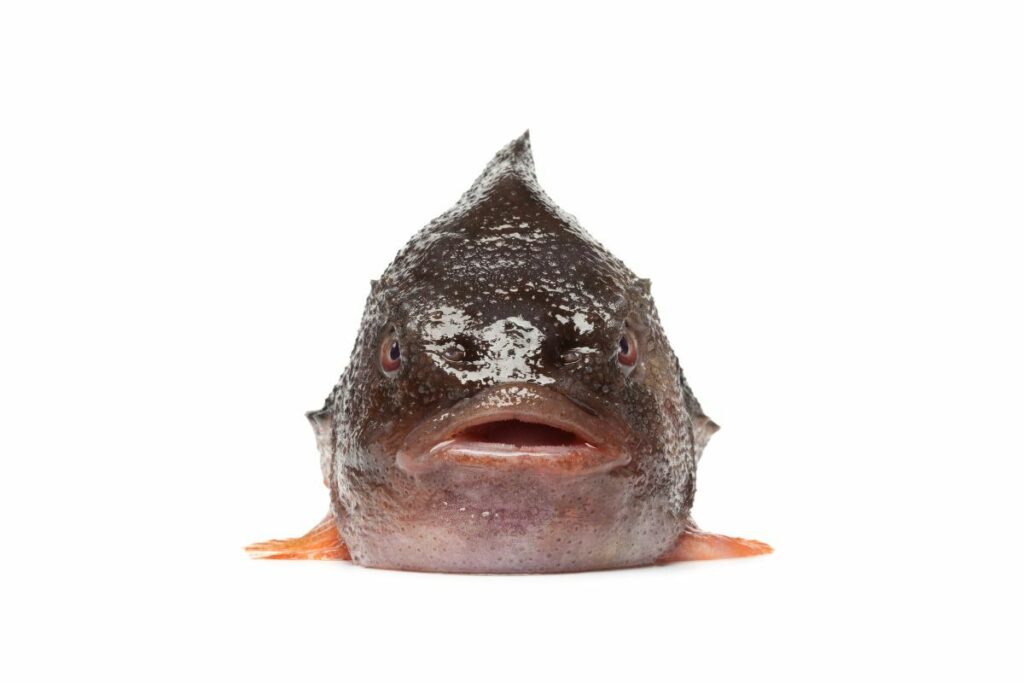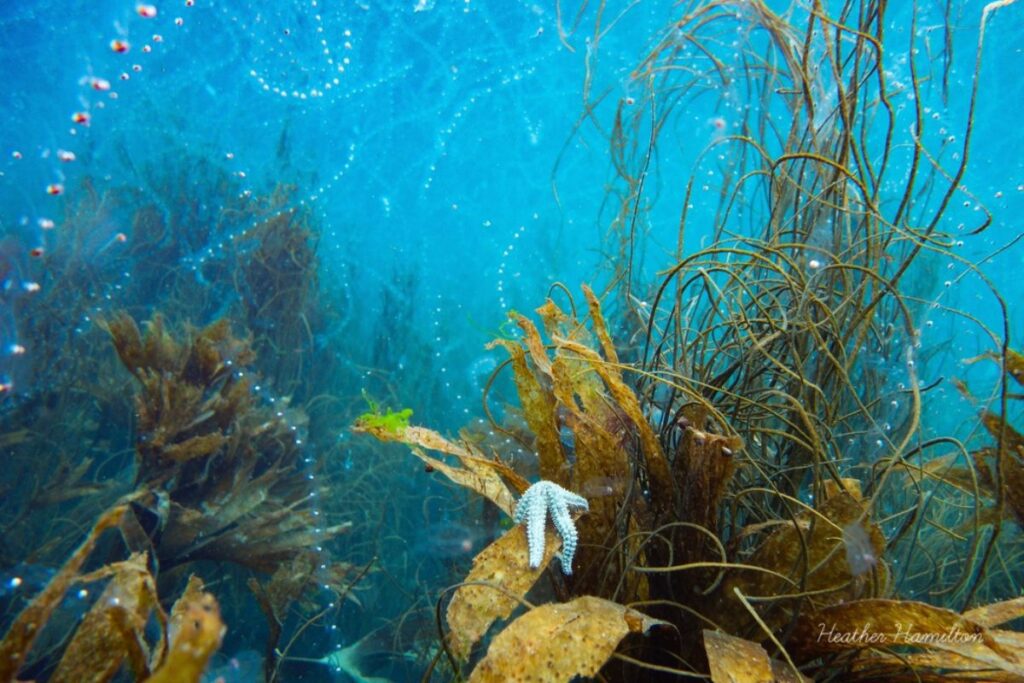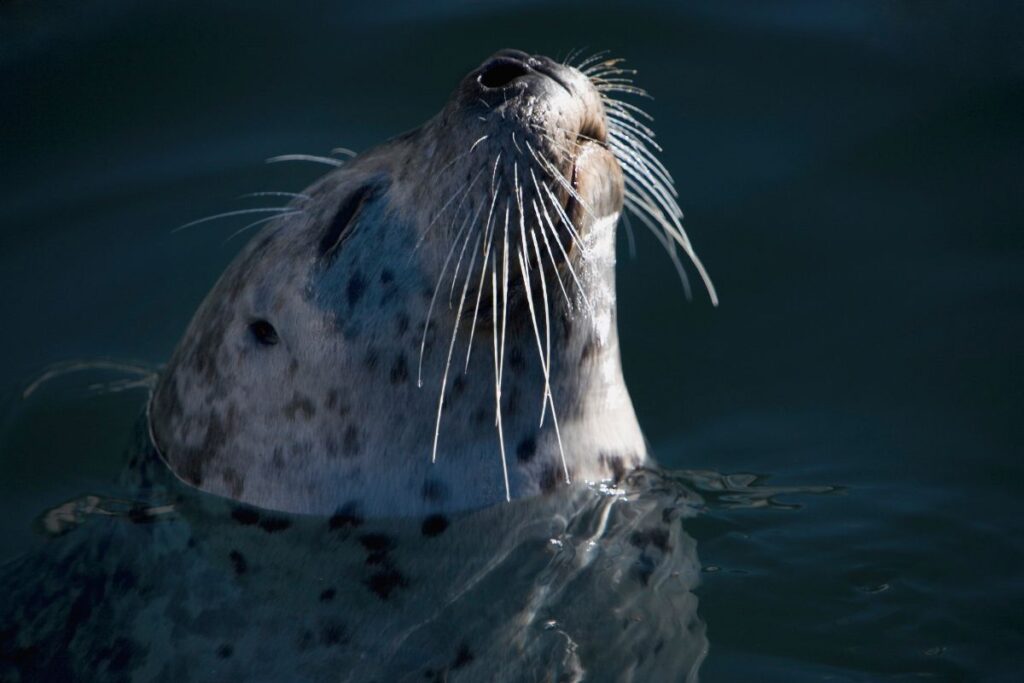Leatherback sea turtles are one of the planet’s most fascinating creatures, so join us as we dive into some of the most fascinating fun facts about leatherback sea turtles, you may well be surprised by what you learn!
What are Leatherback Sea Turtles?
The leatherback sea turtle is the last remaining species of the Dermochelyidae family and the largest sea turtle species on earth…
Leatherback sea turtles are highly aquatic and spend most of their time in the water. Male leatherback turtles never leave the sea, and females only come ashore to lay their eggs on sandy beaches. Unlike other turtles with hard bony shells, the leatherback sea turtle is defined by its soft, leathery shell (which gives it its name!).
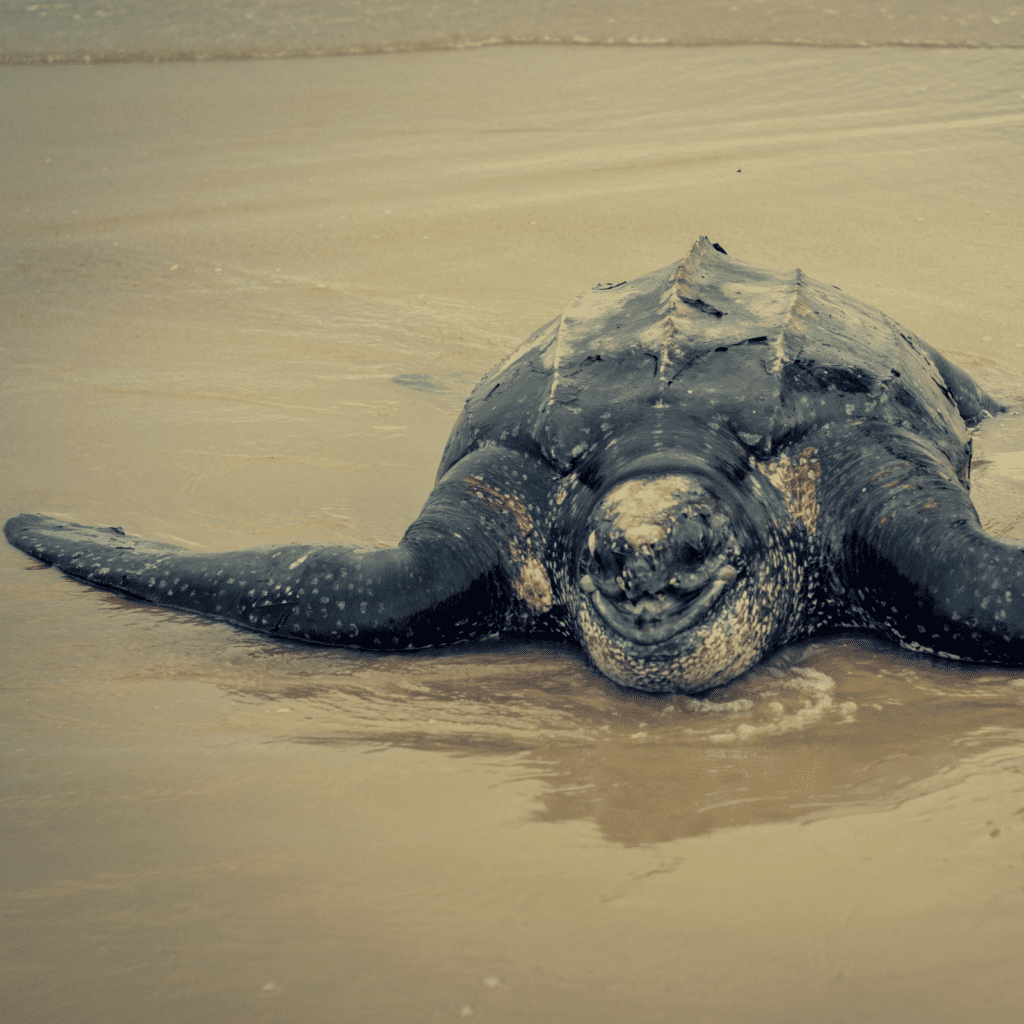
What Do Leatherback Sea Turtles Look Like?
Growing up to seven feet long and weighing more than 2,000 pounds, leatherback sea turtles are one of the most impressive sea creatures in the world. The leatherback’s flippers are huge when compared to its body, and often reach the full length of its shell. Their enormous powerful front flippers can span up to 2.7 metres which helps to propel them through the water.
Leatherback sea turtles have a triangular-shaped head and a barrel-like body covered by a large, black shell speckled with pink, blue and white flecks. Their shell is made of a tough yet flexible skin-like material, allowing them to dive to incredible depths of up to 4,000 feet in search of their favourite prey, jellyfish. They are also the only species of sea turtle without scales.
Not only are they physically impressive, but leatherback sea turtles also have some remarkable adaptations that enable them to thrive in the ocean. Their flexible shell allows them to dive to incredible depths of up to 4,000 feet in search of jellyfish. Leatherbacks don’t have any teeth, instead, the upper lip of their beaks have sharp cutting edges to help them eat, and their throats have spines facing backwards which helps them swallow prey (and stop it escaping!).
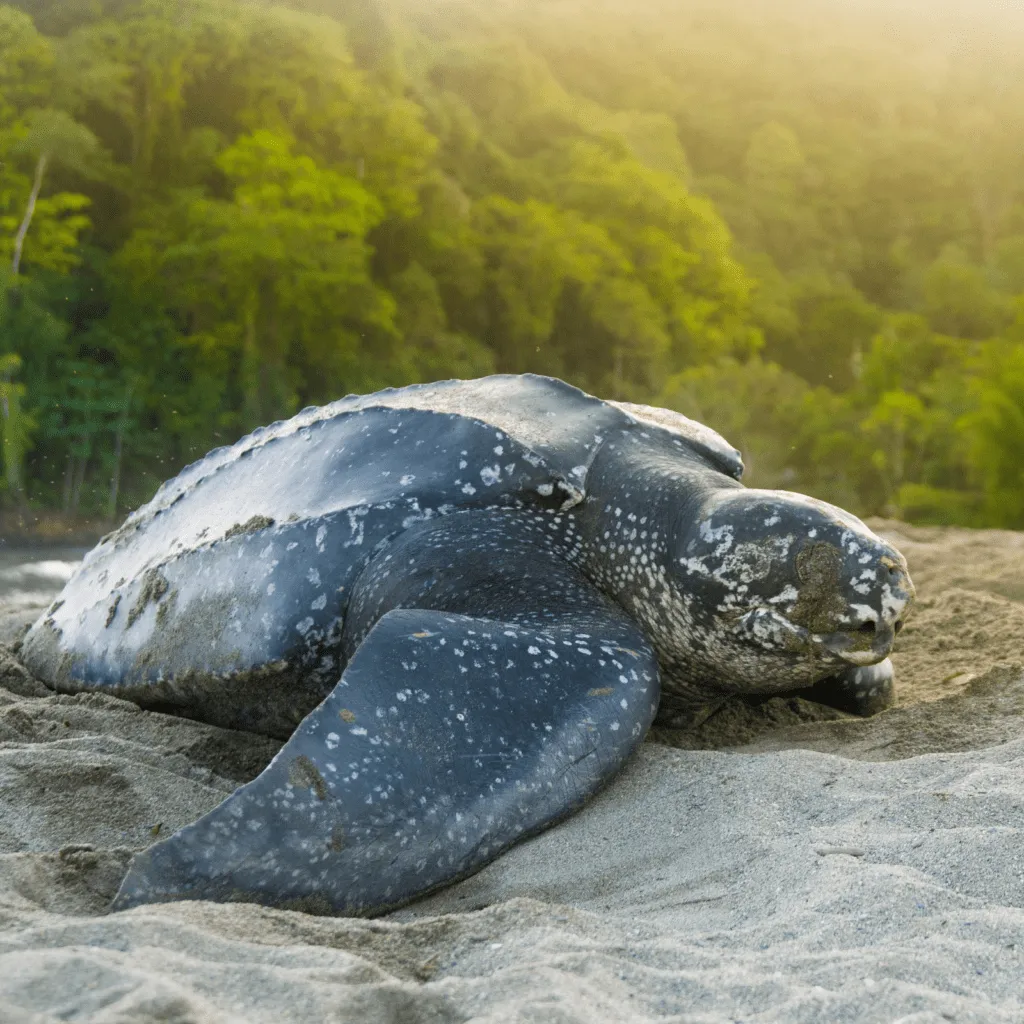
Whilst leatherback sea turtles are the largest species of living turtle on the planet today, this pales in comparison when measured against their ancient relatives. The largest extinct marine turtle was discovered in the 1870s, with the fossil of a species called Protostega Gigas being discovered. This fossil revealed that this species of turtle could grow up to 4.2 metres in length ( the width of two king-sized beds!)
Are Leatherback Turtles Endangered?
According to the IUCN (International Union for Conservation of Nature), the status of leatherback sea turtles is Vulnerable, but many subpopulations of leatherback sea turtles (such as in the Pacific and Southwest Atlantic) are sadly now Critically Endangered.
The reason for the decline of this beautiful creature is because of the behaviour of humans. Turtles often get caught in fishing nets as they try to reach the surface for air, or digest discarded plastic bags floating in the sea thinking that they are jellyfish which get entangled in their digestive systems. With sea levels rising and coastal developments destroying sea turtle nesting beaches around the world, leatherback sea turtles are losing their nesting sites and have fewer and fewer safe places to lay their eggs.
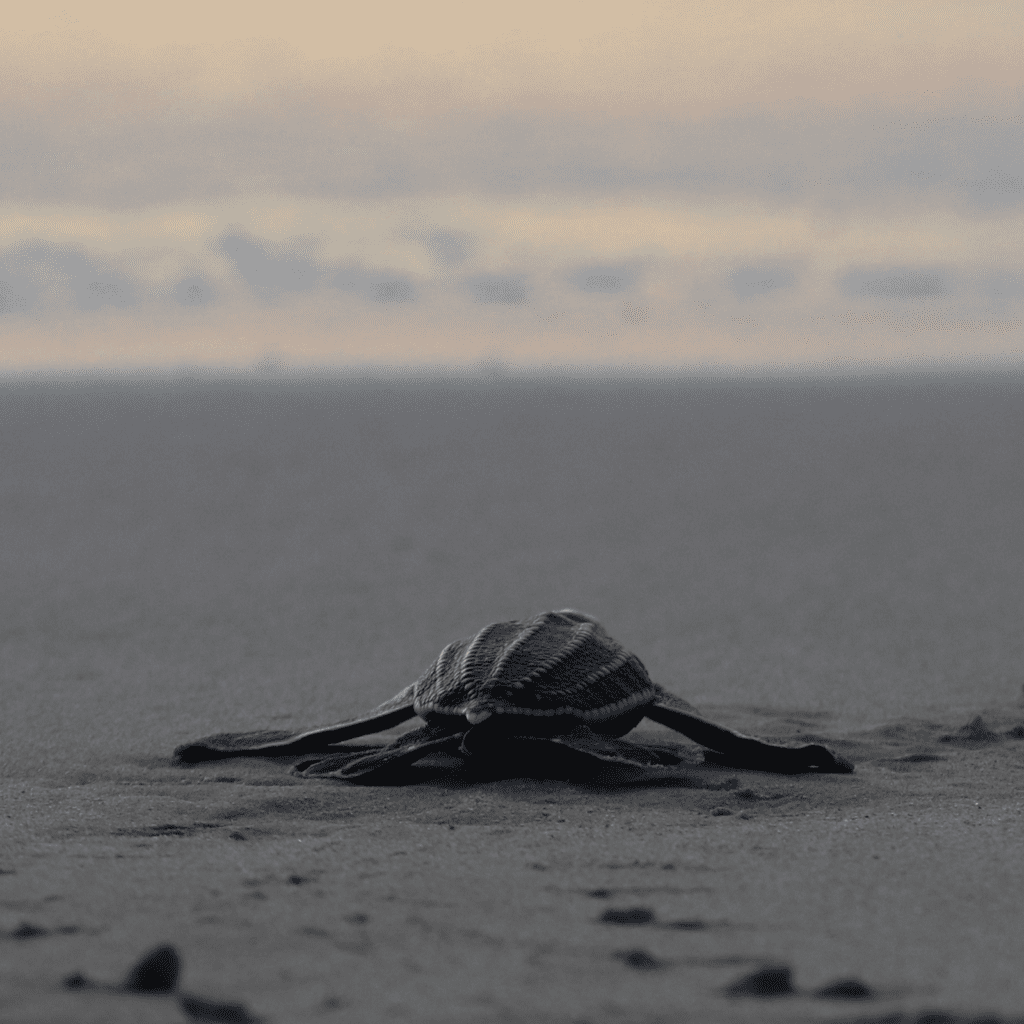
The illegal egg harvesting trade is a serious threat to sea turtles, particularly in Southeast Asia where tens of thousands of eggs are removed and destroyed every year. This has actually led to the local extinction of leatherback sea turtles in Malaysia and is a vitally serious concern for the population of these creatures.
How Many Leatherback Sea Turtles Are Left In the World?
It is believed that there are less than 34,000 nesting females left in the world, a decrease of 40% over the past three generations.
The group of leatherback sea turtles which has suffered the most over the past two decades (with as little as 2,300 adult females now remaining) is the Pacific population. This makes Pacific leatherbacks the world’s most endangered sea turtle.
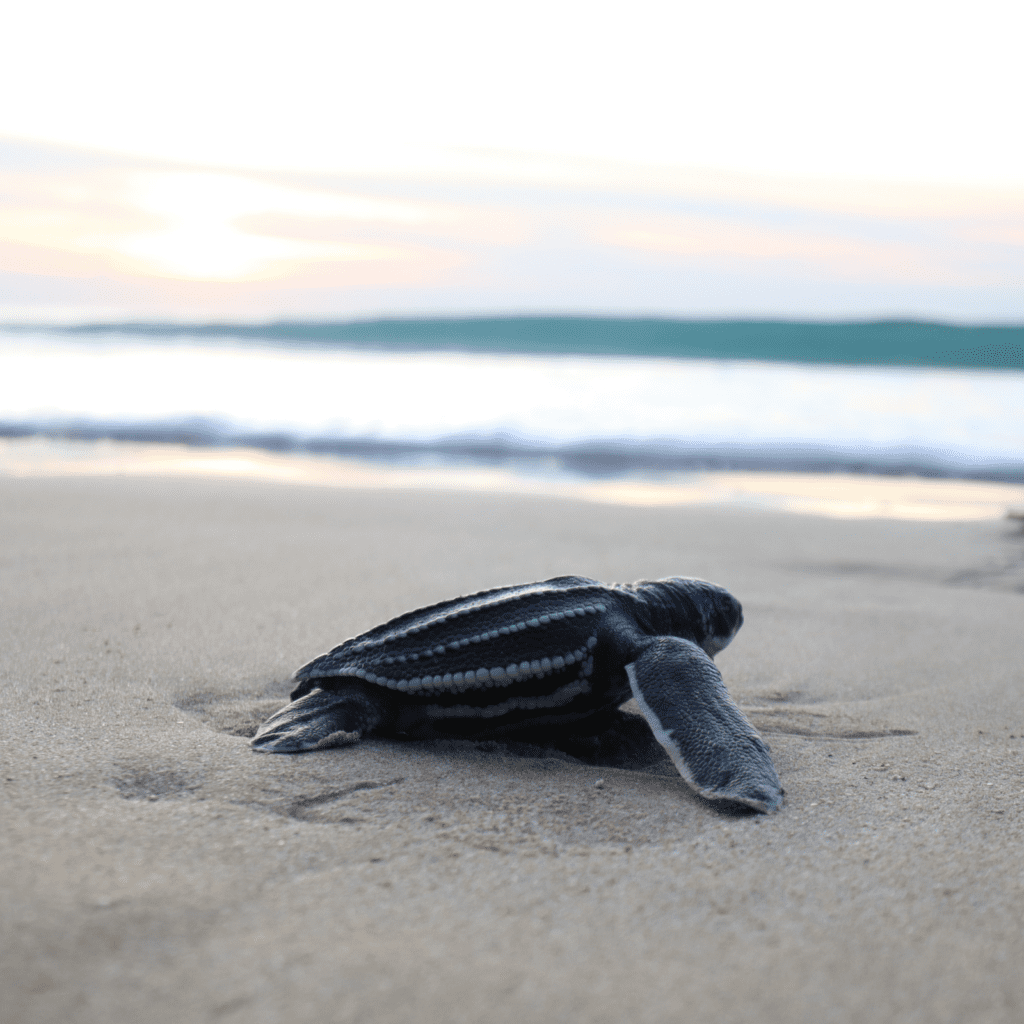
Where Can You Find Leatherback Sea Turtles?
These globetrotters have been known to travel thousands of miles between their nesting sites and foraging grounds. Leatherback sea turtles can be found as far north as Alaska and as far south as New Zealand, but are usually found swimming in the tropic and temperate waters of the Atlantic, Pacific and Indian Oceans.
The leatherbacks venture into UK waters mainly in late summer (August-September), particularly around Wales and Scotland, as well as the expansive Irish Sea, following swarms of jellyfish that drift into these cooler regions. British waters, with their rich biodiversity, offer a bountiful feast for these visitors, making the UK a notable spot for leatherback sightings outside their typical tropical and subtropical haunts. Sightings in Cornwall, while still rare and unpredictable, underscore the leatherback’s incredible migratory journey and the interconnectedness of global marine ecosystems.
This highlights the importance of international conservation efforts to protect these ancient mariners and their varied habitats, from tropical nesting beaches to the cooler foraging grounds of the North Atlantic. Whether in the warm waters of the Caribbean or the cooler currents off the Cornish coast, the leatherback turtle continues to inspire awe and a deeper understanding of marine biodiversity.
11 Quick Fun Facts About Leatherback Sea Turtles
Leatherback sea turtles are truly remarkable creatures that continue to captivate our imagination with their incredible size, adaptability, and behaviours.
1. Jellyfish Diet
The favourite meal for leatherback sea turtles is jellyfish. They have specially developed spines in their throat that help them swallow these slippery creatures without getting stung.
2. Temperature dependent Sex Determination
The gender of leatherback sea turtles is determined by the temperature at which the eggs are incubated. Warmer temperatures produce more females, while cooler temperatures result in more males. It’s nature’s way of keeping things balanced!
However, climate change-induced alterations in rainfall patterns can lead to increased sand temperatures on nesting beaches, potentially resulting in the death of leatherback sea turtle nestlings or a skewed sex ratio with a predominance of female hatchlings.
3. Wide-Range Travellers
Leatherback sea turtles have their own built-in sat nav. They can navigate thousands of miles and find their way back to their nesting beaches by using the Earth’s magnetic field as their guide. Some leatherbacks swim over 10,000 miles a year between nesting and foraging grounds.
4. Unique Nesting Habits
Leatherbacks have a unique nesting habit. Instead of digging a hole in the sand like other sea turtles, leatherbacks use their powerful front flippers to clear away any debris and create a perfectly shaped nest for their eggs.
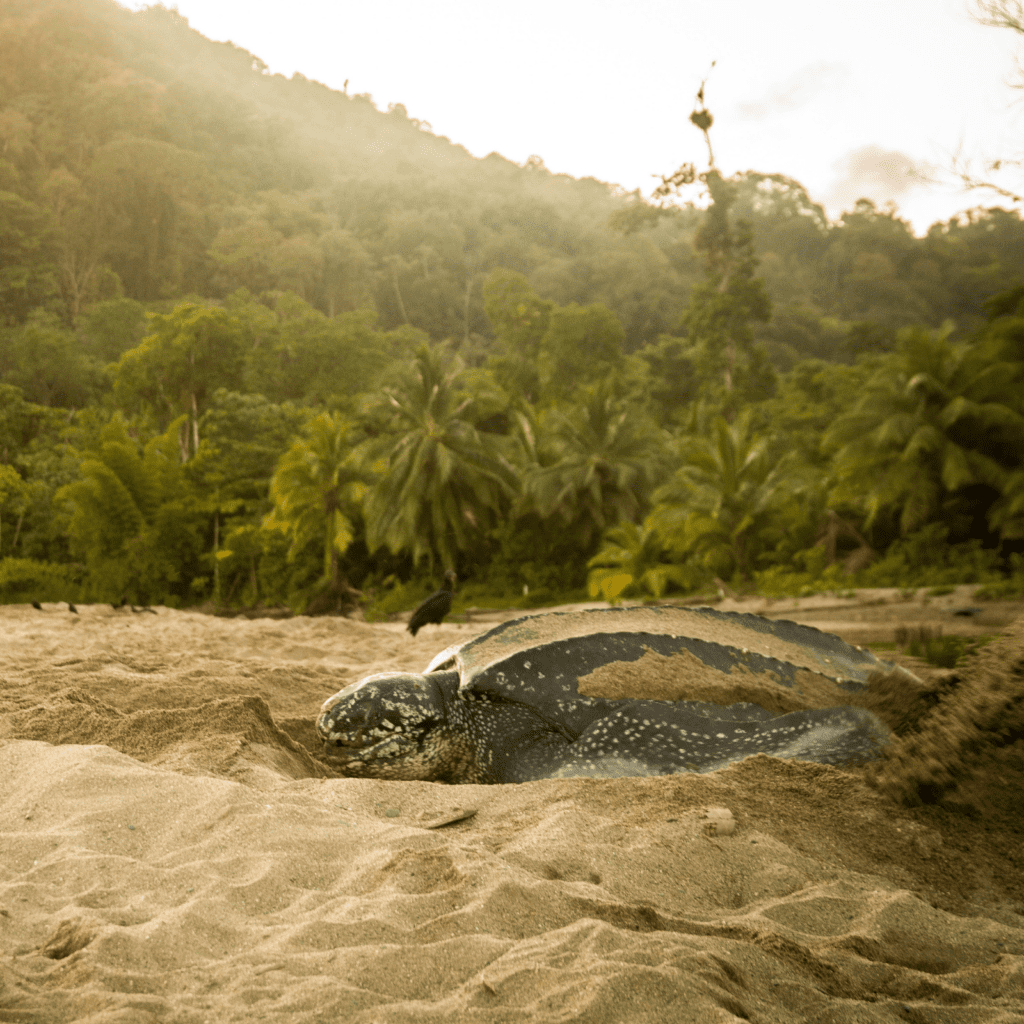
5. Largest of All Living Turtles
These magnificent creatures are the largest of all living turtles. Their massive size can reach up to 7 feet in length and weigh up to a whopping 2,000 pounds!
6. Deep Divers
Leatherbacks can dive to depths of over 4,000 feet in search of food, which is deeper than any other marine turtle can reach.
7. Sensory Capabilities
Perhaps one of the most astonishing facts about leatherbacks is their ability to survive in extreme conditions. They can endure frigid temperatures and icy waters, making them true champions of resilience.
8. Nesting and Egg Laying
Unlike other sea turtles, leatherbacks don’t lay all their eggs at once. They lay multiple clutches throughout the nesting season, each containing around 80-100 ping-pong ball-sized eggs.
9. Unique Shell
The leatherback turtles’ flexible shell is a unique adaptation that allows them to dive deep into the ocean depths without being crushed by the pressure.
10. Longevity
These giant reptiles have been on our planet for 100 million years – they were around when dinosaurs roamed the Earth! The lifespan of a leatherback sea turtle is thought to be approximately 50 years.
11. Speedy Swimmers
Leatherback sea turtles are the fastest swimming turtle in the world. They can reach speeds of up to 22 miles per hour. This speed however is only reached occasionally when they are in escape/flight mode, their more regular swimming pace evens out around 5 miles per hour (and even slower on land at around 0.5 miles per hour!)
Summary
Despite their incredible attributes, leatherback sea turtles face numerous threats that put their survival at risk. Pollution, habitat destruction, climate change, and illegal hunting are just a few of the challenges they must overcome. It is our responsibility as stewards of the Earth to ensure that these magnificent creatures continue to grace our oceans for generations to come.
Protecting leatherback sea turtles is not only essential for their survival, but also for the health and balance of our marine ecosystems. They play a crucial role in maintaining healthy coral reefs by controlling jellyfish populations, as jellyfish are a major threat to these delicate ecosystems. By safeguarding leatherbacks, we are taking a step towards preserving the biodiversity and beauty of our oceans.
